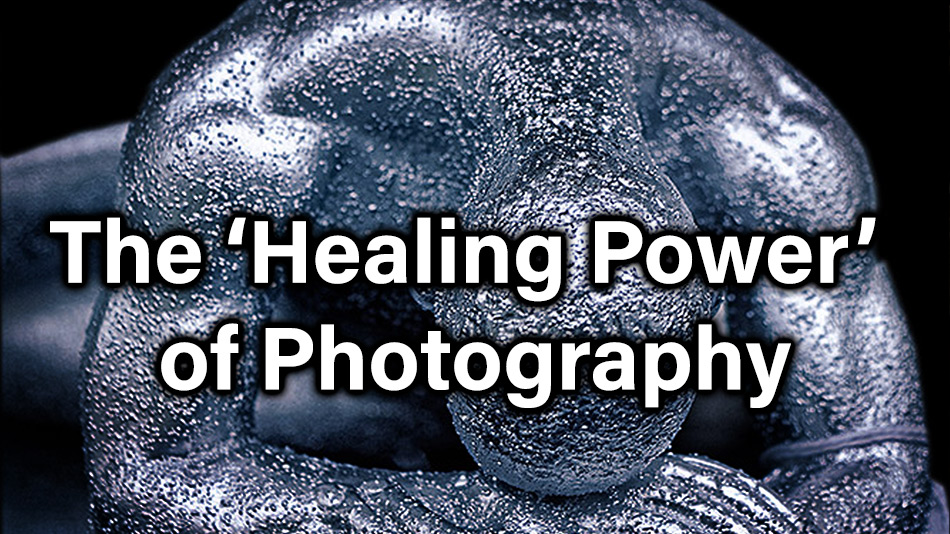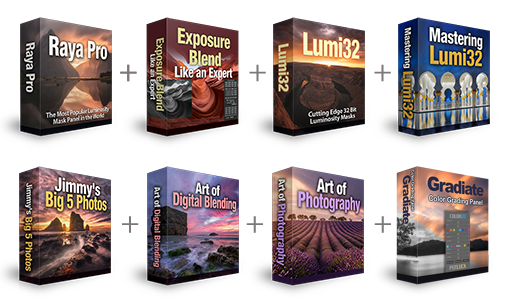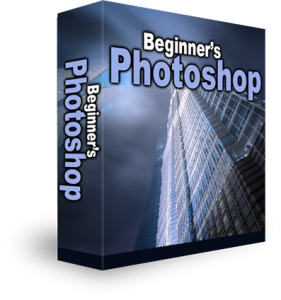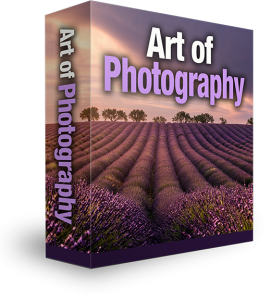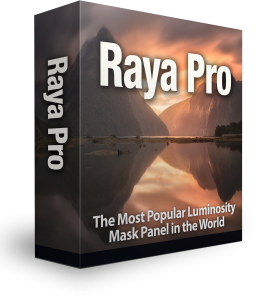The ‘Healing Power’ of Photography
The ‘Healing Power’ of Photography Article is by Dr. Anastasius Moumtzoglou. If you would like to write for us, please read here.
The therapeutic and transformative dynamics of the arts and their value in supporting mental well-being have long been recognised. There is a broadening body of evidence to support the allegations regarding the arts’ impact on our mental health.
But how can photography ‘cure’, especially during the pandemic?
Well, that is an intriguing question which can be analysed in the following sequence of thoughts:
-
- What is a photo?
- What are the properties of a ‘photographic process’?
- How can we incorporate mental health theories into the ordinary photographer?
- What is my opinion?

The Healing Power of Photography – What Is A Photo?
Usually, we think of photography concerning the holidays or the news, without dealing with its healing power and therapeutic dimension.
But if we think of it as our companion and relate it to memories, to our perception of ourselves and human interaction in general, then things are different. That is because it is possible to realise its enormous dynamics, as a creative tool, and a tool for deciphering the environment.
Before we look at the ‘healing power of photography in the photographer, we must first broaden our understanding of what it involves, what we call photography.
Photography usually deals with capturing a ‘decisive moment’. However, that is only a small part of the ‘photographic processes.’ The healing power of photography is expressed in its ability to allow dialogue and communication with ourselves and others.
That includes the whole of ‘photographic processes’, which incorporates and is defined by the following stages:
- Take the photo.
- View the photo.
- Photo editing.
- Photography discussion.
- Presenting the image to others.
- Exhibition of photography.
- Photo title.
- Use of a photo.
- Take pictures with friends and relatives.
- Create a photo album.
- Writing books based on photography.

Thus, photography is associated with a significant number of decisions since we need to decide:
- What will we include?
- What will we omit?
- What will we emphasise?
- What will we ignore?
Inevitably, then, it helps to shape our sense of self, but also to understand the meaning of space.
Enter your email below and join our community of more than 100,000 photographers who receive regular tutorials and have also

Subscribed to our newsletter,
Downloaded our FREE Photoshop Course
Got our FREE Easy Panel for Photoshop
And have our FREE Essential Guide To Luminosity Masks E-Book
What Are The Properties Of The Photographic Process

In general, it is possible to point out several properties of the ‘photographic processes’, related to their input to the field of mental health:
-
Exploring ourselves, our identity and our memories.
Aspects of mental health issues are closely linked to a negative self-image. In this context, photography can help explore both the ego and human interaction. Personal photos, family albums and our travel photos are our intimate ‘look’, as they offer opportunities to explore, experiment and reflect on who we are and where we want to end up.
-
The distraction.
Photography can offer a break from annoying stimuli and an opportunity to distract from problems. Mental health manages individuals, as patients or users of health services, but the photographic work contributes to their transformation into photographers and offers the possibility of controlling their activities.
-
The sense of order.
The use of the camera requires conscious control, which, on the one hand, inevitably leads away from the spontaneity and on the other hand, creates a structured way of expressing ideas and feelings. When taking photos, people need to think about what they want to photograph and why. In this way, the ‘photographic process’ provides a ‘limited context’, which encourages to create a structure and a correlation of things, people, objects and space. Thus, it structures the ‘internal chaos’ and the sense of weakness, while offering a way of control, creating a sense of order.
-
Creating distance and restraint
On the one hand, photography is related, to the concept of ‘objectification’ and on the other hand, to the sense of space from the subject. In this sense, photography can be a protective function, as it is possible to focus only on photography or the action of photography, ignoring immediate emotions.
-
The conduit between the conscious and the unconscious.
For many years, the arts have been used as therapeutic tools based on Freudian analysis and unconscious discovery. Creative expression increases self-confidence and motivation, allowing the unexplained and cognitive, emotional and spiritual world. Besides, photographs can act as a conduit between the conscious and the unconscious.
Photography is rooted in the outside world. Thus, it can offer ‘ground’ in reality for people experiencing internal confusion and an opportunity to access, explore, and communicate with their feelings and memories.
-
Overcoming verbal problems.
Photographs can compensate for the lack of verbal ability or help communicate with people who speak a different language. Some people, who experience mental discomfort, find it difficult to express everything they face in words. Thus, photography provides an alternative form of expression, a ‘visual language’.
- The possibility of the game.
Photographs allow pretending to be different, enabling creating a ‘new reality’. Thus, they offer a sense of freedom and ingenuity, encouraging and cultivating people’s creativity.
-
Confidence and self-esteem.
Participating in photography workshops or other artworks can boost people’s self-esteem. Photography allows people to become ‘owners of the creative process’ and feel proud of their work. Many people discover a ‘new voice’ through photography, as it is possible to communicate about topics that interest them.
-
The possibility of overcoming social isolation.
Social exclusion makes individuals weak in overcoming the resulting obstacles. However, photography provides the possibility of delimiting a goal and reason for socialisation.
How Can We Incorporate Mental Health Theories Into The Ordinary Photographer?
But how can the previous ones be ‘translated’ at the level of those who deal with photography, without experiencing any mental discomfort?
First, let’s consider that mental health professionals define ‘therapeutic’ as something that enhances insight, promotes awareness and the expression of feelings, and moves identity into new meaning. We might distinguish the therapeutic qualities of taking and post-processing photos, viewing and reflecting on images, and the therapeutic attributes of sharing and discussing pictures with others.

A photograph can be a factual, external representation of what we are, and fear, as it offers a tangible form for internal experiences. By providing an identifiable picture of the inner life, a photo can help in mastering the problematic aspects of personality.
Based on Judy Weiser’s book entitled ‘Phototherapy Techniques’, we might identify five different categories of photographs that can be analysed in phototherapy:
-
Self-portraits.
-
Shots of you which other people took.
-
Photos which were taken or collected by you
-
The photo albums or collections.
-
The reaction to photos.
Moreover, some people have coined and use the term ‘therapeutic photography’ to refer to the growth-promoting process of creating photographs. Others refer to the thriving communities of online photo sharing which, in some cases, is the newest manifestation of the support group movement that began in the 1960s.
Creating an image is a self-insight and emotional catharsis process.
Going public with the photo may enhance that process by learning about ourselves and helping each other by sharing our photos.
Besides, most photographers know a great deal about designing images’ technical aspects, but not nearly enough about the personal psychological and emotional reactions. Many people, including photographers, do not know how to talk about the meanings, memories, thoughts, and feelings they perceive in photos.
Here is where Weiser’s book offers a powerful supplement to photographers’ conventional education. At the same time, it helps psychotherapists in understanding how creating and viewing images can be used for personal insight and growth. But that is information that any photographer needs to know.
By exploring the self-portraits, and photos taken by other people or the photographer, any collected images, and the various kinds of created albums, we can better understand ourselves and the role of photography.
We understand that our eyes receive millions of images processed and saved by the mind. That process is somehow reversed during the night, and all the photos are reprocessed and resaved. That creates enormous photographs from our daily lives, dreams, fantasies and imagination.
Thus, the question is the following:
What might happen if we all shared a section of Carl G. Jung’scollective unconscious?
That is a challenging question to answer.
However, understanding the conscious and unconscious reactions to images helps in being a better photographer.
What Is My Opinion On The Healing Power of Photography?
Finally, my argument on the topic relates to the healing aspects of photography-related to creativity, spirituality, and mindfulness. The inspiration comes from Jan Phillips’ book entitled ‘God Is at Eye Level: Photography as a Healing Art.’
I firmly believe that photography teaches about healing and safe space-making, elicits empathy, and empowers unheard voices.
In this context, we have to understand that we are all so involved in our daily lives that we forget the vital message about art: creation is a healing process, as critical to the brain as food is to the body.
Creative work reveals ourselves and allows us to turn our experience and imaginations into symbols of who we are, love, or fear.
That is the alchemy of creation, transforming an emotion or thought into an artistic form.
According to our inner voice, a shift occurs in our consciousness as we focus on the act of creation.
Our focus is no longer on time, demands and tasks, but on transforming things.
Igor Stravinsky wrote about this shift in his book ’Memoir and Commentaries’:
‘Knowledge is intertwined with activity. I discover it as I work and I know it, while I discover it, but only in a very different way before and after. ‘I do not try to ‘think’ in advance – I can only start working and make a spiritual leap.’
The creative process of many photographers unfolds in the same way. Once they start dealing with a photo, then the inspiration appears.
Thus, photography changes the creator, the person being photographed and the spectators.
As spectators, we identify parts of ourselves reflected in other photographers’ eyes in the photographs we see. In the shades of grey, in blacks’ density and the brightness of the whites of their photos, we find our desires, our tears, and our cries.
We are healed by their photos, being, many times, aware of the obstacles they encountered in the process of their birth.
Also, we all have our fears, doubts and our ‘personal culture’, which can postpone or cancel the creation of a work of art.
But we continue to travel to our inner selves to find what seeks ‘liberation.’
Thus, we transform objects, turning tragedies and triumphs into powerful images, colourful landscapes and portraits that we offer to our souls, as a ‘wrapper in the cold’.
The call to creation is unprecedented, a voice that ‘screams’ for expression.
It emerges from our inner journeys and is the mirror, which shortens the time and expands dimensions.
Our creations contain the past, the future, the known and the unknown, the ‘breath of the spirit’.
As we interact with the visible environment, we add to its essence and change its shape.
Comprehensively, photography is a personal and cultural mirror that reveals ourselves and increases our consciousness level.

About Dr. Anastasius Moumtzoglou
He studied photography at the New York Institute of Photography and writes articles on photography at his column ‘Postscript’ of the ‘Photographos’ magazine. He is the President of the Mountainous Corinth Photography Festival and the co-organiser of the ‘Edibles’ food photography competition. He has participated in many exhibitions while his photographs have been published in Greece and abroad. He is also the recipient of many awards.
